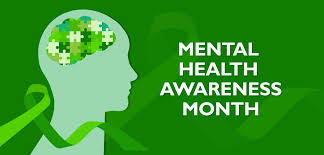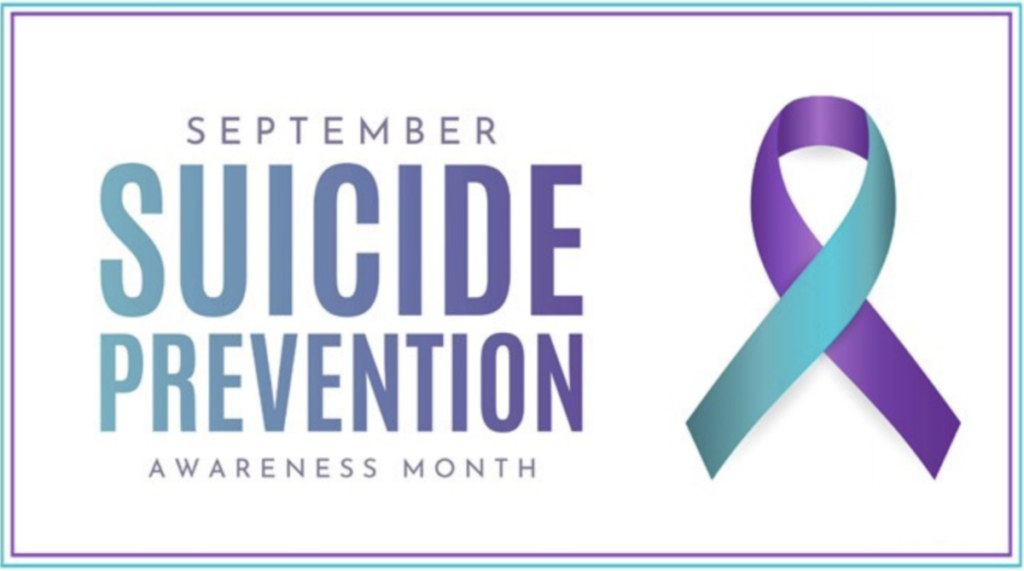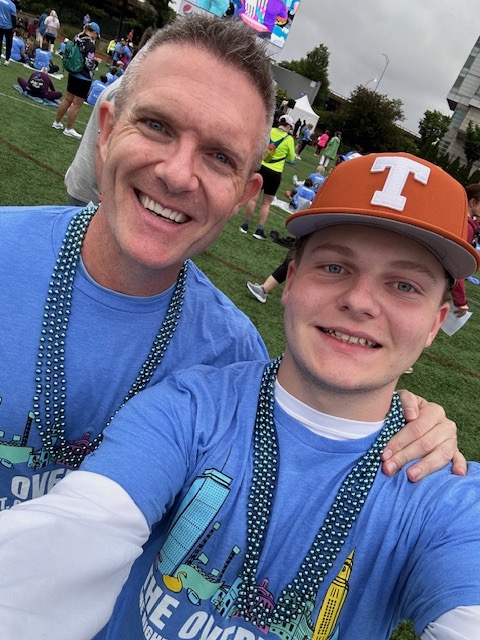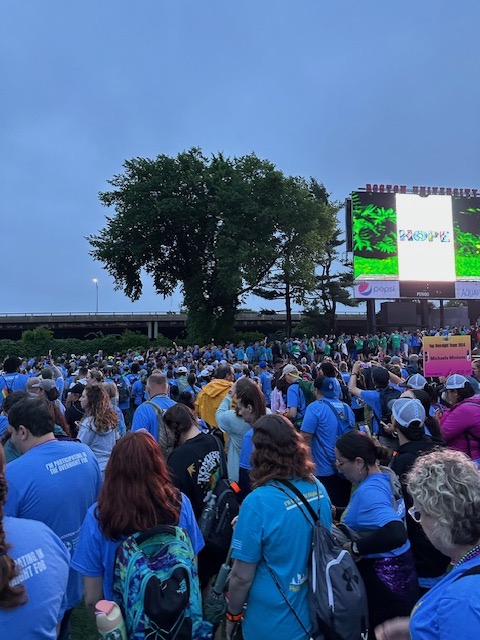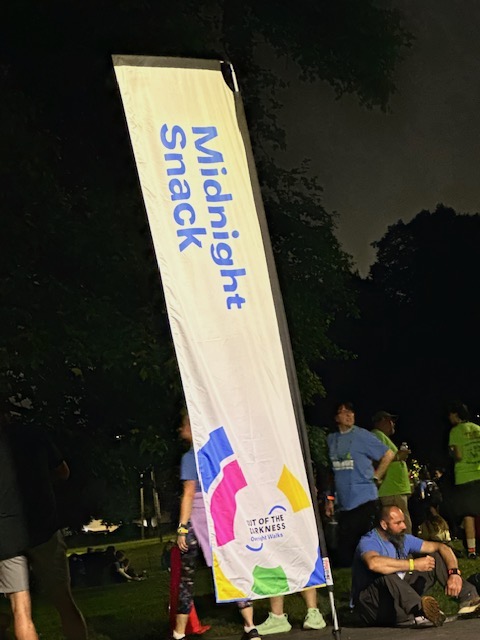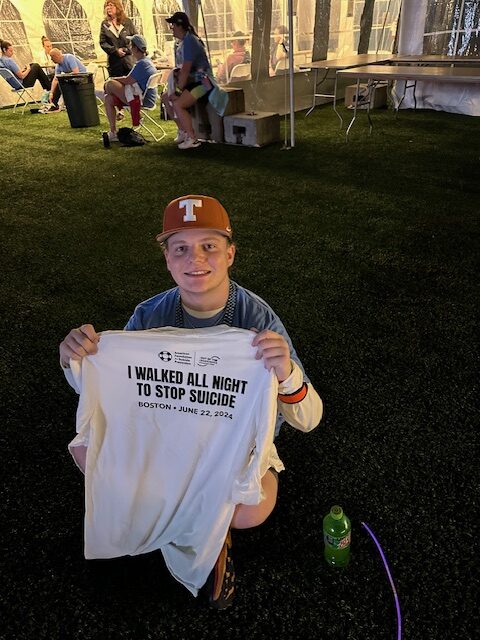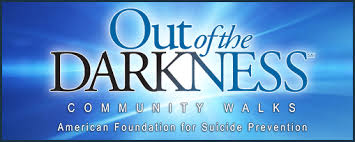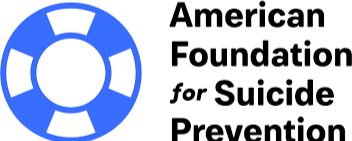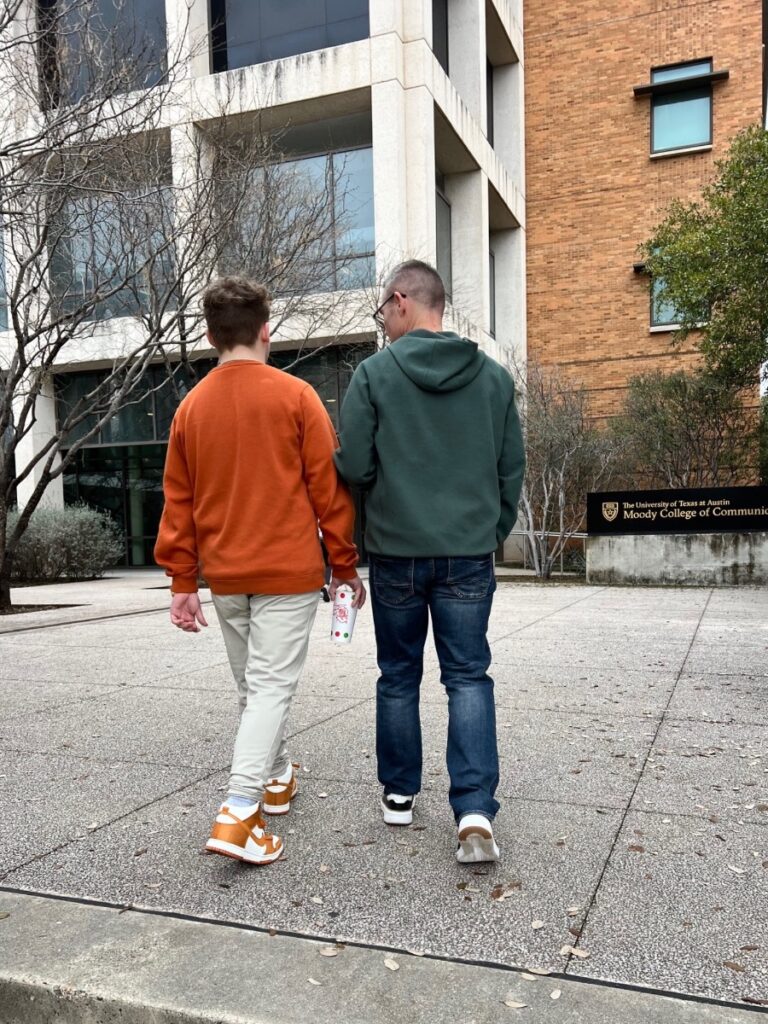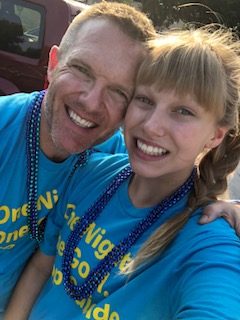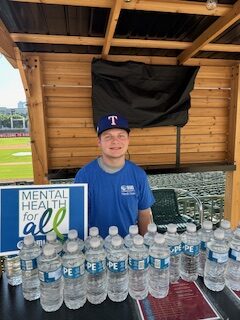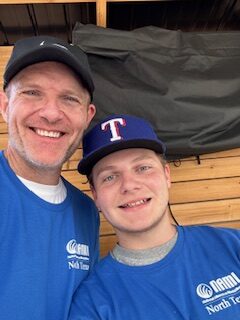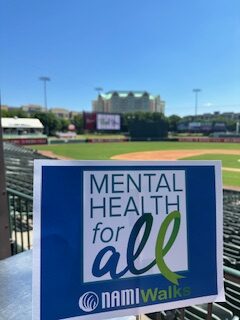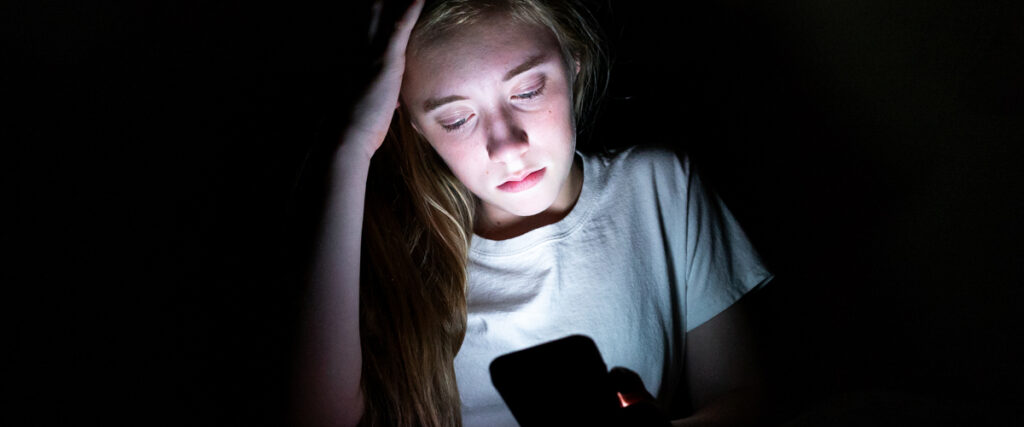Since 1949 during the month of May we celebrate National Mental Health Awareness Month. The goal is to raise public awareness about mental health conditions, reduce stigma, and encourage people to get help when needed. This year the theme is “In Every Story, There’s Strength led by the National Alliance on Mental Illness. This highlights the resilience and diverse experiences that shape mental health journeys within our community. Mental Health Awareness Month was founded by Mental Health America. It’s the nation’s leading nonprofit dedicated to the promotion of mental health, well-being, and condition prevention. Their impact has led to 21 million people screened for mental health conditions, 31 million people reached through public education programs, and $1.3 million raised for mental health programs. They have a planning guide and tips if you are looking for ways to get involved, learn, donate or share on social media.
